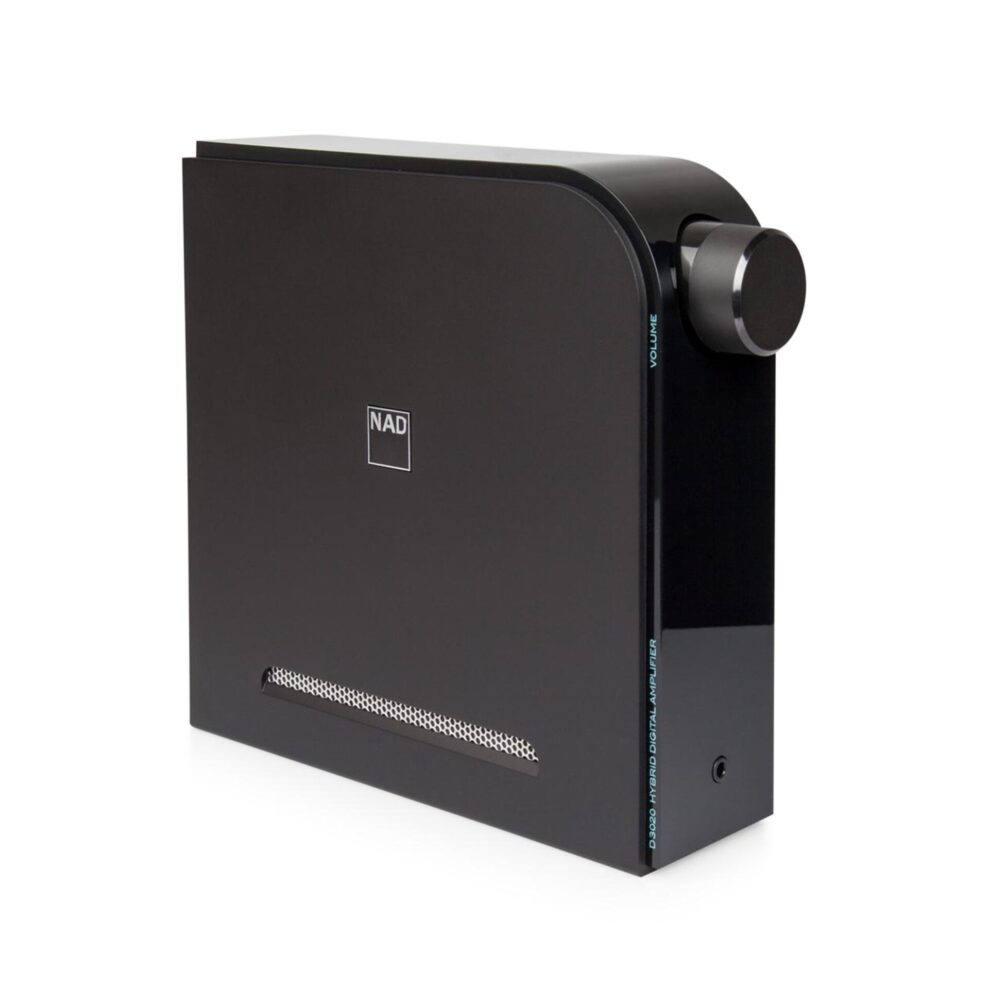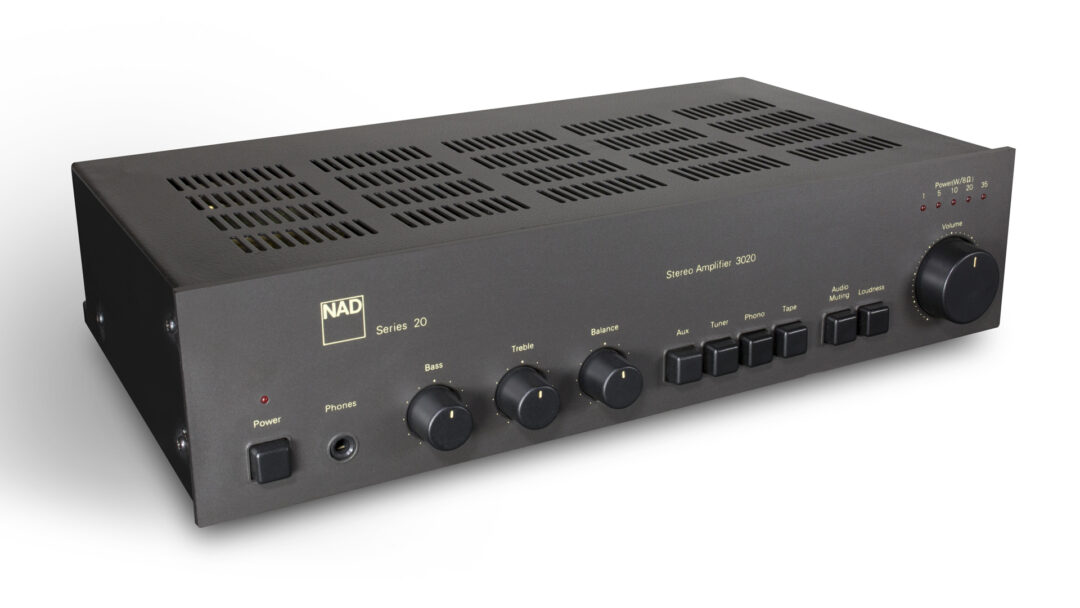Over 40 years on, the NAD 3020 stands as one of the most important milestones in hi-fi history. Launched in 1978, Norwegian Bjørn Erik Edvardsen’s simple design surpassed most of what was made in Japan at the time and cost surprisingly little.
It really put the new company on the map, and although competitors eventually scrambled to make amplifiers to match the 3020, NAD had become synonymous with great sound at low prices.
Or as one importer at the time so aptly put it: “Champagne and caviar sound at beer and sausage prices.” To say that the 3020 was a success is an understatement. It single-handedly cemented NAD’s position in the global market. The design itself was built around an unusually solidly built power supply for the time and a soft clipping circuit that reduced distortion if you pushed the 20 watts too hard.
Five red LEDs on the front showed how much power was being used, and at 30 watts there was usually no more to be had. Then it went into clipping if soft clipping wasn’t activated via the button on the back. The amp had mute tone controls, four inputs with a single turntable amp and headphone output. It thrived best with relatively efficient speakers. Boston Acoustics used to be a good match, but those who heard the 3020 on the Quad ESL 63 were always surprised at how well it could actually sound on much more expensive speakers.
The output transistors could deliver up to 70 watts in short bursts and at 2 ohms load. The amplifier was surprisingly stable under varying loads and not as sensitive to varying impedances. The 3020 had a dynamic range of a whopping 107 dB and 3 dB of dynamic “headroom”. A lot for a 20-watt at the time, and something that made it sound louder than it should be capable of with 20 watts.
The amp was eventually moderately upgraded to the 3020A, and today’s version is called the D 3020 V2, and looks quite different:

A used 3020 in original condition should not cost more a hundred euros. There are so many of them made that there are plenty to choose from. In rare cases you may have to pay more. But then the amplifier must be without defects and in original packaging.
Unless the output stage is blown, check that all buttons and potentiometers are intact and that all RCA inputs and speaker outputs are connected. Then you can enjoy exceptionally good sound from an inexpensive amplifier that became an overnight classic.
NAD 3020:
- Power: 20 watts per channel in 8 Ω (stereo)
- Frequency range: 10 Hz to 70 kHz
- Total harmonic distortion: 0.02%
- Damping factor: 55
- Input sensitivity: 2.5 mV (MM), 150 mV (line)
- Signal-to-noise ratio: 75 dB (MM), 110 dB (line)
- Dimensions: 420 x 96 x 240 mm
- Weight: 5.26 kg

